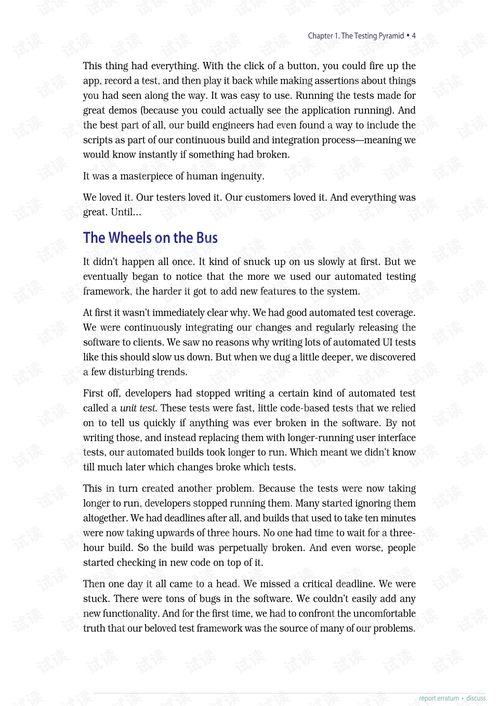Content:
Introduction: Reverse trolling, a unique and effective fishing technique, has gained popularity among anglers seeking to catch a variety of fish species. This method involves using a lure or bait that moves in the opposite direction of the boat's movement, creating a striking contrast that often entices fish to bite. In this article, we will delve into the intricacies of reverse trolling and provide you with a comprehensive guide, including a selection of fishing technique videos to enhance your skills.
Understanding Reverse Trolling: Before we dive into the specifics of reverse trolling, it's essential to understand the basic principle behind this technique. Unlike traditional trolling, where the lure is pulled by the boat, reverse trolling involves the boat moving backward, allowing the lure to swim forward against the current. This creates a more natural and lifelike movement, which can be highly attractive to fish.
Choosing the Right Equipment: To successfully execute the reverse trolling technique, you need to select the appropriate equipment. Here are some key components to consider:
Rod and Reel: Choose a rod and reel combination that is suitable for the type of fish you are targeting. A medium-heavy to heavy-duty rod with a high-quality reel is ideal for reverse trolling.
Line: Use a monofilament or braided line that is strong and flexible. The line size should match the rod and reel specifications and the fish species you are targeting.
Lure or Bait: Select a lure or bait that is appropriate for the fish you wish to catch. Soft plastics, hard baits, and jigs are popular choices for reverse trolling.
Trolling Motor: A trolling motor is essential for reverse trolling, as it allows you to control the boat's speed and direction without the need for an engine.
Setting Up Your Equipment: Once you have the necessary equipment, it's time to set up your rig for reverse trolling. Follow these steps:
Attach the lure or bait to the end of your line using a suitable knot, such as a Palomar or improved clinch knot.
Connect the line to your reel, ensuring that the drag is properly adjusted for the fish species you are targeting.
Attach the trolling motor to your boat, making sure it is securely mounted and properly balanced.
Position your boat in the desired location and adjust the trolling motor to the desired speed.
Executing the Reverse Trolling Technique: Now that your equipment is set up, it's time to start reverse trolling. Here are some tips to help you master this technique:
Start by moving your boat backward at a slow and steady pace. The speed should be slow enough to allow the lure to swim naturally but fast enough to cover a significant amount of water.
Pay attention to the water conditions and adjust your speed accordingly. In calm waters, you may need to slow down, while in rougher conditions, you may need to increase your speed.
Vary your lure's action by twitching, jerking, or pausing it at different intervals. This will mimic the natural movement of prey and increase your chances of attracting fish.
Keep an eye on your fishing line and be prepared to set the hook as soon as you feel a bite. Use a quick and firm hookset to secure the fish.
Once you have caught a fish, release it gently and return to the same location to try again. This will help you understand the fish's behavior and increase your chances of success.
Top Reverse Trolling Technique Videos: To further enhance your reverse trolling skills, we have compiled a list of top technique videos that you can watch and learn from:

"Reverse Trolling Basics: A Step-by-Step Guide" - This video provides a comprehensive overview of the reverse trolling technique, including equipment setup and fishing tips.
"Advanced Reverse Trolling Techniques for Trophy Fish" - This video delves into more advanced techniques for catching larger fish, including lure selection and presentation.
"Reverse Trolling for Salmon: Tips and Tricks" - This video focuses on reverse trolling for salmon, offering specific tips and tricks for targeting this popular fish species.
"How to Reverse Troll in Rough Water" - This video teaches you how to execute the reverse trolling technique in challenging water conditions, ensuring you can fish effectively regardless of the weather.
Conclusion: Reverse trolling is a highly effective fishing technique that can be used to catch a wide range of fish species. By understanding the basics, selecting the right equipment, and following the tips provided in this article, you can improve your chances of success on the water. Additionally, by watching the top technique videos listed above, you can further refine your skills and become a master of reverse trolling. Happy fishing!












